Is Sweet Moscato Wine Sparkling?
Discovering if Sweet Moscato Wine Is Sparkling
Is Sweet Moscato Wine Sparkling? Uncovering the Mystery of Its Bubbles
At Casa Loce, we know that Moscato is often the first love of many wine enthusiasts, thanks to its sweet, aromatic charm. But one question we hear often is: Is Moscato always sparkling? Drawing from our experience selecting and tasting Moscato from Italy’s renowned Piedmont region to modern New World vineyards, as your wine expert we’re here to clear up the confusion.
In this guide, we’ll break down these variations with firsthand tasting insights, food pairing suggestions, and tips on how to pick the right Moscato for any occasion. Let’s demystify this beloved sweet wine and uncover whether your favorite bottle should be popping with bubbles!
Key Takeaways
-
Sweet varieties are available in diverse styles such as still, frizzante, meaning semi-sparkling, and fully sparkling spumante.
-
Production techniques determine if it exhibits sparkle.
-
There are those with a gentle fizz, unlike Champagne-like effervescence produced by the traditional method.
-
Despite its sweetness, it does not always sparkle; still, it lacks carbonation.
-
Its effervescence level significantly impacts its flavor and options for food pairing.
Understanding Moscato Wine Basics
Moscato, a sweet wine with Italian roots, occupies a distinctive place in wine history. Recognized for its characteristic sweetness, Moscato is one of the most ancient known varieties.
Moscato types and Moscato sweetness are vital to fully understanding this wine. The basis of their categorization relies on the particular grape used during production. Among these types, Moscato Bianco, made from white grapes, is the most prevalent. Other versions, such as Moscato Giallo (yellow Moscato) and Moscato Rosa (pink Moscato), also exist, each with unique flavors.
High residual sugar content gives Moscato its sweetness, which is balanced by a low alcohol percentage, typically ranging between 5-7%. Depending on the process of winemaking, this sweetness varies from off-dry to sweet. Fresh and fruity, Moscato often features notes of peach, citrus, and tropical fruits.
There are still frizzante (slightly sparkling) or spumante (fully sparkling) versions of Moscato. Sparkling Moscatos offer a refreshing fizz that intensifies their sweetness. To sum up, diverse types and sweetness levels of Moscato provide a versatile and delightful wine experience.
"Not all Moscato wines sparkle, but each tells a story of sweetness and effervescence. From still to frizzante to fully sparkling, the charm of Moscato lies in its diversity—offering a delightful sip for every palate."

Origins of Moscato Wine
Moscato wine, with origins spanning thousands of years, hails from Italy's sun-soaked vineyards. Made from Muscat grapes, these are among the world's most ancient grape varieties. Moscato wine's rich history is tightly woven with the evolution of diverse fermentation techniques to bring forth its distinctive sweet flavors.
Moscato wine's historical milestones are as follows:
1. Muscat grapes' initial cultivation occurred in ancient Egypt and Persia before being introduced to Italy by the Greeks.
2. Moscato wine enjoyed extensive fame during the Roman era, as documented in historical records.
3. Advanced fermentation methods emerged during the Middle Ages, accentuating the wine's sugary attributes.
4. A renewed interest in Moscato wine surfaced in the 20th century, driven by a rising global affinity for its sparkling variant.
Moscato wine's journey from ancient vineyards onto today's global dining tables bears witness to the lasting allure of its sweet, aromatic flavors. Its beginnings remind us how deeply rooted wine culture is in our past and its ongoing evolution through innovative grape growing and fermentation tactics.
Characteristic Features of Moscato
Moscato wine, with its unique profile, is famous for the distinguishing features that make it stand out. This slightly fizzy, sweet wine carries a strong flavor profile, often comprising peach, orange blossom, and nectarine notes. Produced from the ancient Muscat grape, Moscato's roots trace back to the Italian region of Piedmont. However, worldwide fame has expanded its reach.
A remarkable characteristic is the wine's aromatic notes. A whiff from the glass uncovers enchanting floral aromas like honeysuckle and jasmine, mingling with vibrant fruit fragrances such as green grape, citrus, and pear. This mix crafts Moscato's signature perfume-like bouquet.
With alcohol content typically around 5-7%, Moscato proves to be an excellent choice for afternoon sipping or pairing with dessert. Its sweet, light, refreshing flavor profile, along with its unique aroma, has enabled Moscato to establish its own space in the world of wines, standing out amongst its drier, fuller-bodied kin.
Is Moscato Wine Truly Sparkling?
Moscato, a wine of sweet allure, often prompts queries regarding its sparkling nature due to its dance between still and effervescent states. Production practices dictate this wine's carbonation level, making a cut-and-dry answer elusive.
1. Traditional Method: Robust carbonation found in Champagne is also present in Moscato produced this way, giving us a fully effervescent variety.
2. Charmat Method: Large tanks serve as secondary fermentation vessels in this method, producing Moscato with a moderate sparkle.
3. Frizzante Style: Undergoing partial fermentation results in semi-sparkling Moscato, offering only a gentle fizz.
4. Still Moscato: Sometimes, you may encounter Moscato with no carbonation, presenting as still wine.
Techniques applied during production immensely influence effervescence levels. Consequently, while Moscato typically boasts some sparkle, its effervescence intensity does vary. Therefore, in determining if Moscato is truly sparkling, we find an answer that oscillates between affirmation and negation.
Pairing Suggestions for Moscato Wine
Exploring Moscato's effervescence spectrum reveals its suitability for a range of food companions. This light, sweet wine beautifully complements various culinary delights. Dessert pairings stand out, especially when sweet delicacies like peach cobbler or apple tartare on the menu. Moscato's inherent sweetness, coupled with a mild acidity, cuts through the richness, presenting a delightful equilibrium.
When it comes to cheese, Moscato exhibits an affinity for soft, creamy variants. Brie or Camembert, renowned for their buttery textures, make exceptional partners. Sweet undertones of Moscato also align well with sharper, blue-veined cheeses. Try pairing with Gorgonzola or Roquefort to savor this unique blend of flavors.
Supporting Facts and Statistics
According to the USDA Foreign Agricultural Service, in 2015, Italy produced 4.7 billion liters of wine, a 13.5% increase from the previous year. Wines under Controlled Appellation (DOC and DOCG) made up about one-third of the total.
The Economic Research Service (ERS) cited that wine imports to the United States jumped from 127 million gallons in fiscal year 2000 to 456 million gallons in FY 2021, nearing $7.5 billion in value. The European Union led the way, supplying 75% of the value and 50% of the volume.
The USDA Foreign Agricultural Service added that Italy's wine consumption has steadily declined, with per capita intake falling from 110 liters in the 1970s to a projected 36 liters in 2015. Shifting lifestyles, changing preferences, and anti-alcohol campaigns have influenced this shift.
Casa Loce’s Opinion on Sweet Moscato Wine
Moscato wine, vibrant in its fruity and floral notes, honors its Italian roots. Often, this wine is sparkling, but not every variety shares this trait. Selecting the appropriate cuisine to accompany this wine can intensify its tastes, demonstrating its adaptability to different gastronomical experiences. At CasaLoce.com, we believe that recognizing its features and roots promotes a deeper appreciation of its distinct attributes.
Frequently Asked Questions
Can you cook with sparkling Moscato?
Yes, you can cook with sparkling Moscato. It's a sweet and slightly bubbly wine that adds a delightful flavor to a variety of dishes. Especially in desserts and sauces, the wine contributes a fruity and sweet note that enhances the overall taste.
Can I use Moscato for cooking?
Yes, you can use Moscato for cooking. Its sweet, fruity flavor can enhance many dishes, particularly those with fruit or dessert elements. Moscato can also be reduced into syrup for a rich, sweet sauce or glaze.
Is sparkling Moscato the same as Champagne?
Sparkling Moscato and Champagne are not the same. While both wines are bubbly, they come from different grape varieties and regions. Champagne is a French wine made from Pinot Noir, Pinot Meunier, and Chardonnay grapes, while sparkling Moscato is an Italian wine made from Moscato grapes.
How do you drink sparkling Moscato?
You typically drink sparkling Moscato chilled in a champagne flute to preserve its bubbles. It's also often served as a dessert wine, so it pairs well with sweet treats. However, it can also be enjoyed on its own or with a light snack.
What is the sweetest Moscato?
The sweetest Moscato is typically Moscato d'Asti. This Italian wine is made from the Moscato Bianco grape and is known for its intense sweetness, often showcasing flavors of peaches and nectarines.
Do you chill sparkling Moscato?
Yes, you should chill sparkling Moscato before serving. The ideal temperature is between 42-46 degrees Fahrenheit. This keeps the wine refreshing and helps maintain the bubbles.
Can you drink Moscato by itself?
Yes, you can drink Moscato by itself. Its sweet, fruity flavor and light bubbles make it a refreshing drink on its own. It's especially popular as an aperitif or a dessert wine.
Is sparkling moscato good for mimosas?
Yes, sparkling Moscato is excellent for mimosas. Its light, fruity flavor, and bubbles complement the orange juice well, making for a sweet and refreshing cocktail.
What's the difference between sparkling wine and regular wine?
The difference between sparkling wine and regular wine is the presence of bubbles. Sparkling wines undergo a secondary fermentation process, which creates carbon dioxide, resulting in bubbles. Regular wines only go through one fermentation process, so they lack this effervescence.
Can you drink flat sparkling wine?
Yes, you can drink flat sparkling wine, but it may not taste as intended. The bubbles in sparkling wine contribute to its taste and overall drinking experience. Without them, the wine may taste different and less refreshing.
What is the difference between a Prosecco and a Moscato?
Prosecco and Moscato are both Italian wines, but they differ in taste, sweetness, and bubbles. Prosecco is made from Glera grapes and is less sweet, with more bubbles. Moscato, on the other hand, is made from Moscato Bianco grapes and is typically sweeter with a softer effervescence.
What does Moscato sparkling wine taste like?
Moscato sparkling wine has a sweet, fruity taste. It often has flavors of peach, nectarine, and orange, with a hint of effervescence that adds a refreshing quality. The sweetness and bubbles combined make it a popular choice for dessert or aperitif.
Join us for a look into our elegant approach to winemaking and gracious hospitality. We welcome our members and their guests by appointment only. Become a member or book an event by visiting CasaLoce.com
Casa Locé
Upper Ojai California
10065 N Ojai Rd, Ojai, CA 93023
https://maps.app.goo.gl/E7YQCnXAFHq1bKz46




